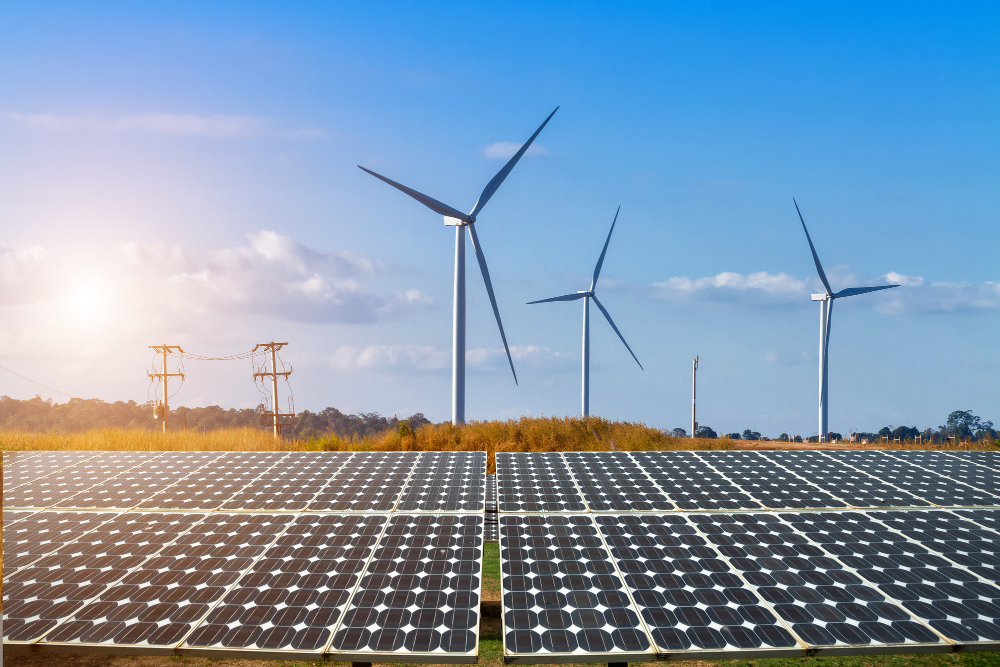In today’s rapidly evolving technological landscape, electrical engineers are at the forefront of innovation, driving advancements that reshape our world. From integrating renewable energy sources to enhancing grid resilience and developing smart systems, the role of electrical engineers is more crucial than ever. This blog post explores the latest trends and technologies empowering electrical engineers, highlighting how companies like Budlong are supporting these advancements.
Advancements in Renewable Energy Integration
The global push towards sustainability has led to significant progress in renewable energy technologies. Solar, wind, and hydroelectric power are now more efficient and cost-effective than ever before. Electrical engineers play a key role in integrating these renewable sources into existing power grids, ensuring stability and reliability.
#Key Innovations
1. Smart Inverters: These devices convert DC generated by solar panels to AC, while also managing grid interactions, thereby improving efficiency and grid stability.
2. Microgrids: Localized grids that can operate independently or in conjunction with the main grid, enhancing energy security and enabling better integration of renewable sources.
How Budlong Helps: Budlong provides comprehensive electrical engineering services that support the integration of renewable energy solutions. Our expertise in designing and implementing energy-efficient systems ensures that clients achieve their sustainability goals.
Smart Grid Technologies and Grid Modernization
Smart grid technologies represent a major shift in how electrical grids are managed and operated. These technologies use digital communication tools to detect and react to local changes in usage, enhancing efficiency, reliability, and sustainability.
#Key Innovations
1. Advanced Metering Infrastructure (AMI): AMI systems provide real-time data on electricity consumption, enabling utilities to manage demand more effectively and reduce outages.
2. Distribution Automation (DA): DA systems automate the control of grid components, improving fault detection and system reliability.
How Budlong Helps: Budlong’s expertise in smart grid technologies enables them to design and implement systems that improve grid resilience and efficiency. Our projects often include advanced metering and automation solutions tailored to the specific needs of their clients.
Internet of Things (IoT) in Electrical Systems
The Internet of Things (IoT) is transforming electrical systems by connecting devices and systems, allowing for improved monitoring, control, and automation. IoT-enabled devices provide real-time data that can be used to optimize performance and reduce energy consumption.
#Key Innovations
1. Smart Sensors: These devices monitor electrical parameters and environmental conditions, providing data for predictive maintenance and energy optimization.
2. Connected Appliances: IoT-enabled appliances can be remotely controlled and monitored, improving energy efficiency and user convenience.
How Budlong Helps: Budlong leverages IoT technology to create smarter, more efficient electrical systems. Our designs incorporate IoT-enabled devices to provide clients with real-time data and enhanced control over their electrical systems.
Energy Storage Solutions and Battery Technologies
Energy storage is a critical component of modern electrical systems, especially with the increased reliance on intermittent renewable energy sources. Advances in battery technology are making energy storage more viable and cost-effective.
#Key Innovations
1. Lithium-Ion Batteries: These batteries offer high energy density and efficiency, making them ideal for both grid-scale and residential energy storage.
2. Flow Batteries: Flow batteries provide scalable energy storage solutions with long cycle life, suitable for large-scale applications.
How Budlong Helps: Budlong’s electrical engineers design energy storage solutions that enhance system reliability and efficiency. We work with clients to integrate the latest battery technologies into their projects, ensuring optimal performance and cost-effectiveness.
Electrification of Transportation and Smart Charging Systems
The electrification of transportation is a major trend that is reshaping the automotive industry and urban infrastructure. Electric vehicles (EVs) and smart charging systems are central to this transformation, reducing emissions and promoting sustainable mobility.
#Key Innovations
1. Fast Charging Stations: These stations significantly reduce charging times, making EVs more convenient for long-distance travel.
2. Vehicle-to-Grid (V2G) Technology: V2G systems allow EVs to interact with the grid, providing energy storage and demand response services.
How Budlong Helps: Budlong supports the electrification of transportation by designing and implementing smart charging infrastructure. Our projects include fast-charging stations and V2G systems that enhance the integration of EVs into the grid.
The field of electrical engineering is experiencing a period of unprecedented innovation and growth. From renewable energy integration and smart grid technologies to IoT, energy storage, and transportation electrification, electrical engineers are driving progress in numerous areas. Companies like Budlong are essential partners in this journey, providing the expertise and solutions needed to harness these advancements and deliver cutting-edge projects.
Empower your electrical engineering projects with Budlong’s innovative solutions and expert guidance. Visit our website to learn more about how we can help you stay at the forefront of technological advancements.

